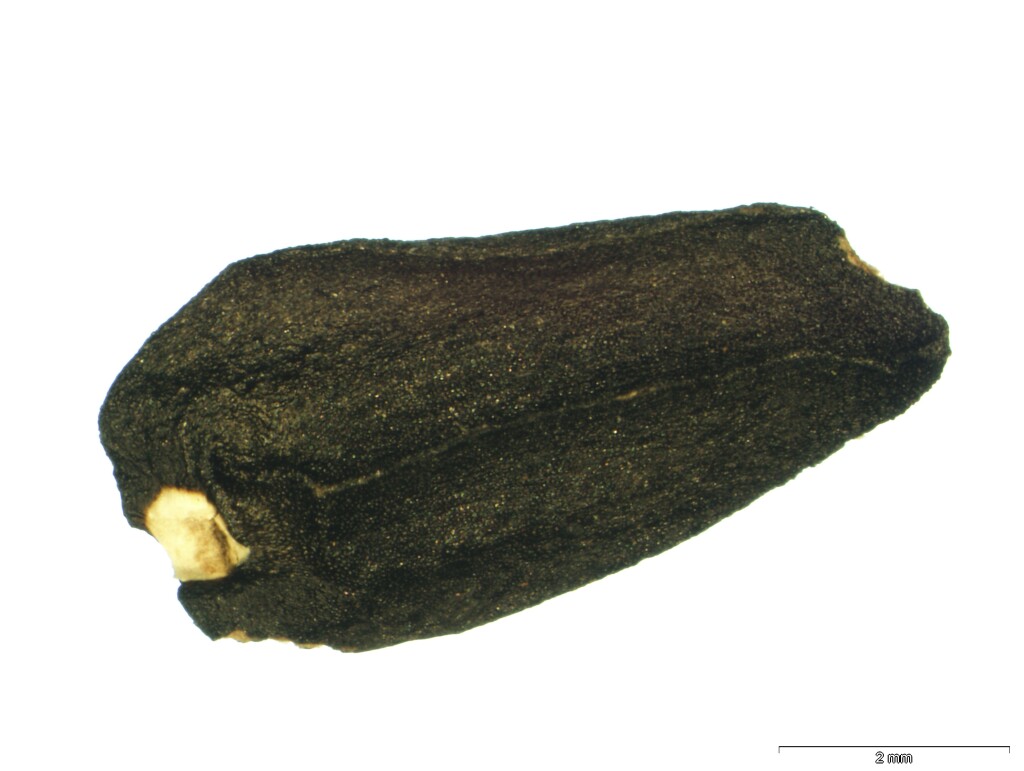Xanthorrhoea minor subsp. lutea
D.J.Bedford Small Grass-treeStem almost totally subterranean, branched under ground. Leaves forming a ± erect tuft, depressed obtriangular, or often concave in cross-section, 1.9–3.5 mm wide, 1–1.5 mm thick, green, not glaucous. Inflorescence with flower-bearing part 5–30(–50) cm long, c. 7–25 mm diam., 0.2–0.5 times as long as non-flowering axis which is 30–60(–120) cm long and c. 3–15 mm diam.; bracts around flowers sometimes prominent, often obscure, shortly acute to triangular. Sepals with apex shortly acute and sometimes with an adaxial projection present; petals glabrous, except for a small hairy, adaxial projection from the apex. Flowers Oct.–Apr.
LoM, Wim, GleP, VVP, VRiv, GipP, OtP, WaP, Gold, CVU, GGr, DunT, NIS, EGL, EGU, WPro, HSF, HNF, OtR, Strz, VAlp. Chiefly on sandy soils in heathlands and heathy woodlands.
Bedford (1986) recognized 2 subspecies, Xanthorrhoea minor subsp. minor and Xanthorrhoea minor subsp. lutea. The nominate subspecies is restricted to New South Wales. In Xanthorrhoea minor subsp. minor the bracts between flowers are ±shortly acute, subglabrous to fringed with hairs and glabrous on the abaxial side, and the petals are white to cream. The same bracts in Xanthorrhoea minor subsp. lutea are ±acute and moderately hairy on margins and abaxial surface, and the petals are yellow.
Conn, B.J. (1994). Xanthorrhoeaceae. In: Walsh, N.G.; Entwisle, T.J., Flora of Victoria Vol. 2, Ferns and Allied Plants, Conifers and Monocotyledons, pp. 720–734. Inkata Press, Melbourne.
 Spinning
Spinning

